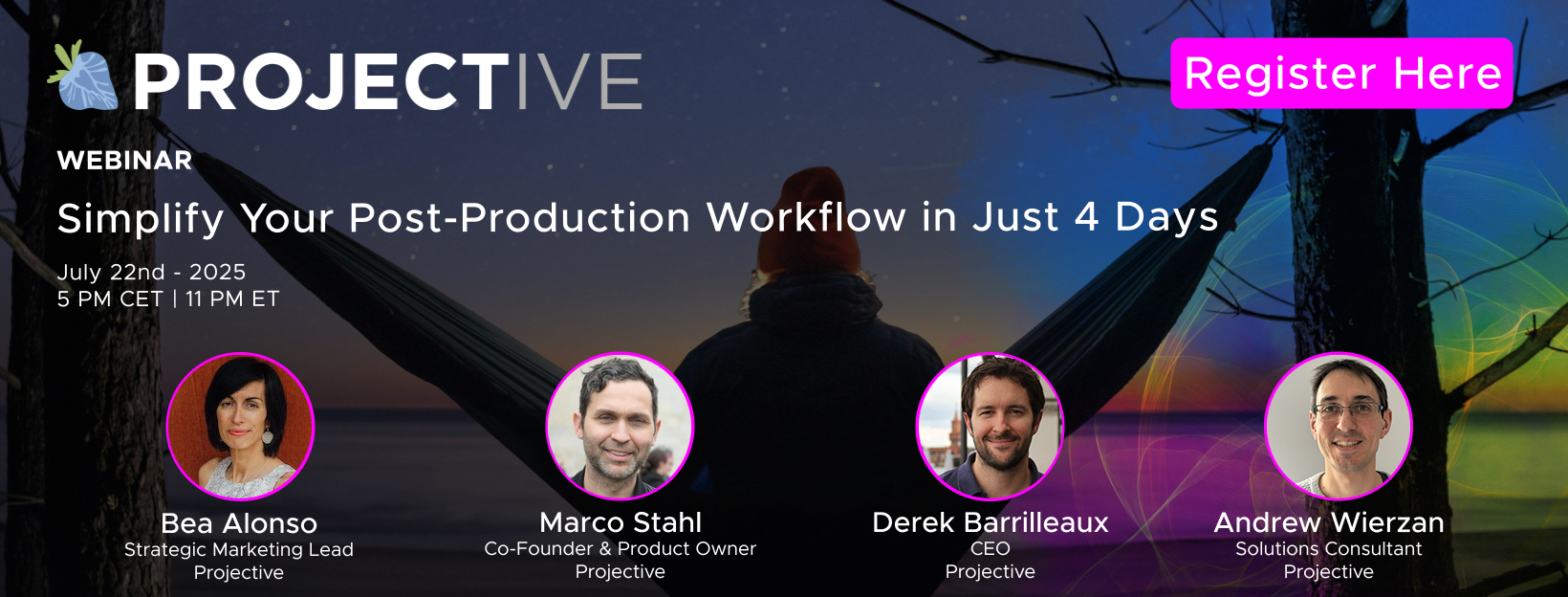EVS on adapting to HDR

Posted on Mar 2, 2021 by FEED Staff
Sponsored editorial
Converting SDR to HDR and back again is becoming essential for broadcasters – but without the right tools, it can get pretty messy
Earlier this year, EVS acquired broadcast and media network infrastructure specialist Axon Digital Design. It was the company’s biggest acquisition ever and positioned EVS to be able to provide a comprehensive media infrastructure solution that includes advanced IP processing, SDI/IP conversion, SDN-based control and monitoring, as well as UHD 4K and IP multiviewer.
Part of the expertise brought on board by the Axon acquisition will allow EVS to provide better high-dynamic range (HDR) video services, including the ability to easily convert standard dynamic range images to HDR and back.
“We were fairly early adopters of HDR conversion,” explains Peter Schut, former Axon CTO and vice-president of R&D, now EVS’s senior vice-president of media infrastructure.
Axon’s technologies for HDR conversion used LUTs (lookup tables), which provide a straightforward conversion from a given colour and brightness to the colour and brightness that is desired for the conversion. LUTs can be fairly complex, but they require some know-how and supervision to work well in multiple conversion round trips.
“When you convert a source from SDR to HDR, you’re going from a small space to a big space and it forgives errors,” explains Schut. “But going back is more difficult – you’re taking something big and you have to put it into a smaller dynamic range.”
Live sports is an arena where HDR really shines. Areas of a football field that might be blown out by sun or too shady to see clearly are suddenly visible in HDR’s wider dynamic range and bigger colour space. But while events may be shot and produced in HDR, most of the home audience is still watching on SDR TVs. The final output needs to be converted from HDR for an SDR playout.
This HDR to SDR final conversion is something that requires a bit of care. Like an artist mixing paints, it’s easy to turn pure white into gray, but turning grey back into white is an uphill battle. A football match may be shot in HDR, but some of the cameras – the goal cam, for example – will likely just be an SDR camera. That camera source needs to be converted to match the rest of the HDR workflow and delivery, but will then – along with the rest of the feed – need to be converted again to the SDR playout.
Some of our customers can’t devote all their time to being HDR experts
For HDR to become widely available to live content producers – and therefore to audiences – a lot of these processes need to be simplified and automated. EVS’s Neuron, which was developed by Axon, moves beyond the LUT method for converting HDR and using a complex adaptive algorithm that frees up teams to concentrate on the production rather than having to craft the nuances of shading and light during the production.
“LUTs are a static method, but they are very predictable. And conversions can be done entirely with LUTs, but you constantly need to be thinking about how the SDR is going to look when you’re producing the HDR. Sky and the BBC like to use LUTs, because they’re perfectionists. But for a lot of customers who don’t have the time or money, this adaptive method can be the way to go,” says Schut.
Using archive material (likely to be SDR) in an HDR workflow is another reason to have an efficient HDR conversion solution. This also requires a good way to instantly identify which shots are SDR and which are HDR. On top of that, there are different flavours of HDR – HLG, Dolby Vision and SLog3.
“This easy identification is one of the first things we’ve put into our HDR products,” says Sébastien Georges, vice-president of markets at EVS. “Some of our customers can’t devote all their time to being HDR experts. It can take a lot of energy and time doing configuration and testing to make sure you get the right conversion parameters set up. But dynamic conversion really makes that burden of configuring and testing a lot easier.”
“Artistically, there is way more you can do with HDR,” adds Peter Schut. “But unfortunately, it still has to go back down to the old, fairly limited colour space for the majority of people to see it. And I think that challenge will be with us for a long time. But if it was easy, anyone could do it and they wouldn’t need us!”
This article first featured in the Winter 2020/21 issue of FEED magazine.











